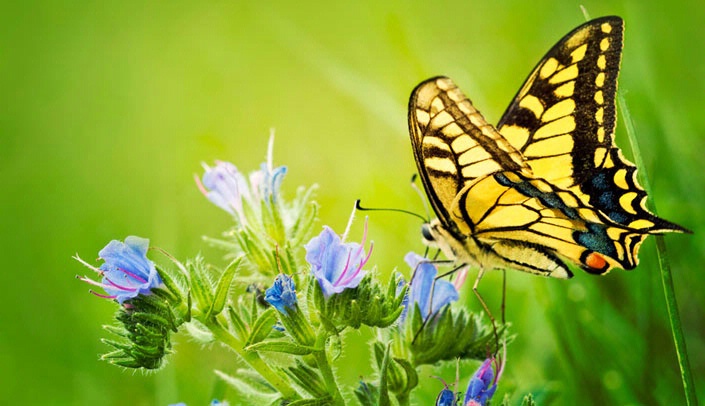I had a neighbor up north who started planting after the ground froze in October. She thawed the ground with warm water and put in bulbs.
I’m not that industrious, but fall also is my favorite time to plant and after a too-hot summer I have a lot to catching up to do. The soil is still warm, dry and crumbly; excellent for bulbs and perennials.
A couple of years ago, I collected flower and grass seeds from a prairie garden and left them over winter in big pots outside. A few survived, and I finally had milkweed this year, although I don’t know if it came from that batch or just blew in. I did get a good stand of bee balm out of that experiment. Overall, I’ve had better luck buying plants than starting seeds, so this fall I’ve ordered the rest of the plants I want and will be busy for the rest of the month. This time I’ll label what I plant.
This is your last chance to get rid of weeds. Most have gone to seed so if, like me, you haven’t kept up with them, your best bet is to mulch heavily now and again in the spring. I try to keep weed seeds out of my compost since they become the gift that keeps on giving when I spread the finished product over my garden. My pile never gets hot enough to kill seeds. You can try a vinegar spray to spot-kill weeds in your lawn: half vinegar, half water and a few drops of dish soap to break the surface tension and help the vinegar stick to the weed leaves. Some people add salt, but if you want grass to grow there, leave it out.
As you continue to mow your lawn, let the clippings and shredded leaves lie. They’ll decompose and feed your soil. If you get too many leaves on your lawn to shred and — um — leave, run over them a few times with the mower and put them in your compost, set them aside until the ground freezes and use them for mulch, or dig them into your garden.
Finally, even though we need to drain the sprinkler system before it freezes, we still need to water trees, shrubs and roses thoroughly before winter finally closes in.

Thanks for sharing such great tips!!